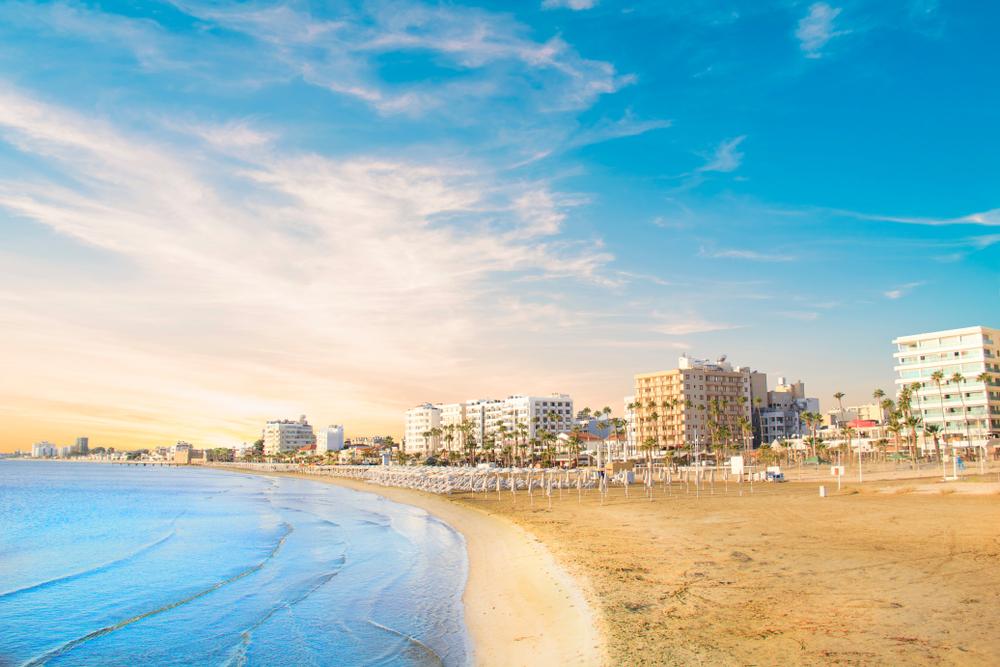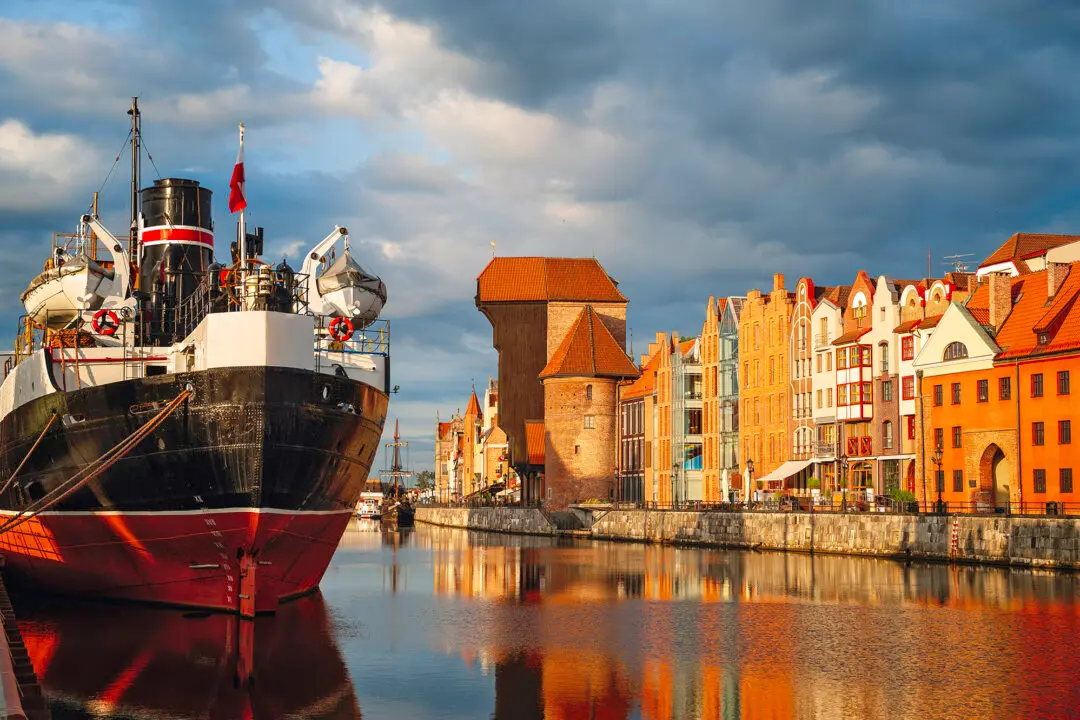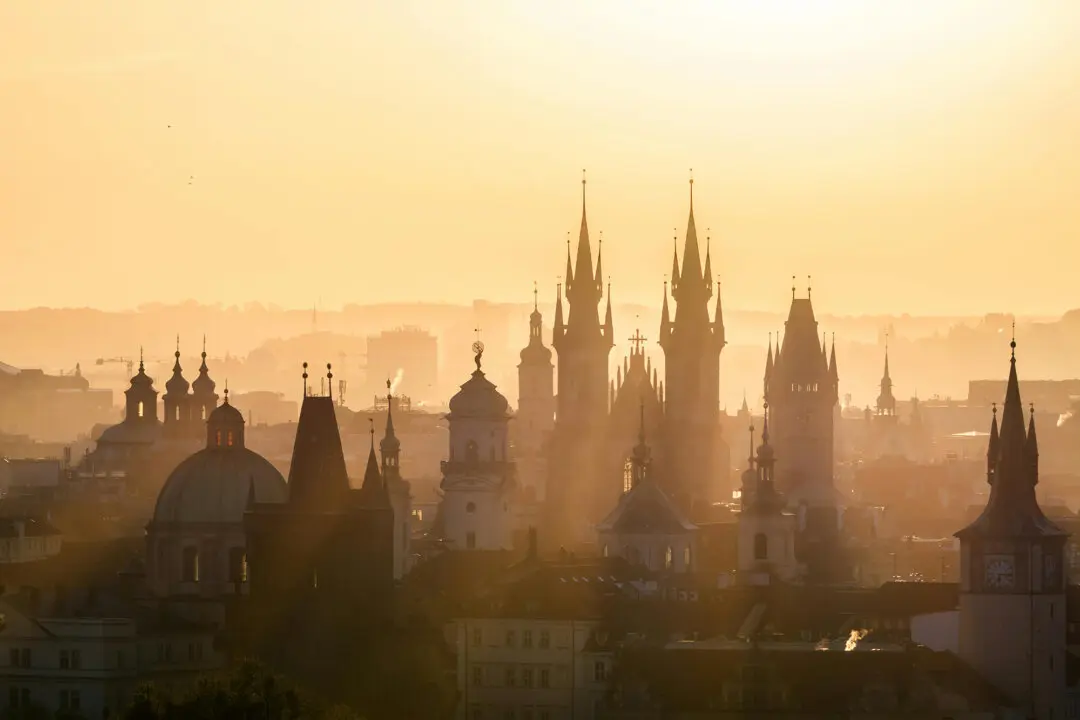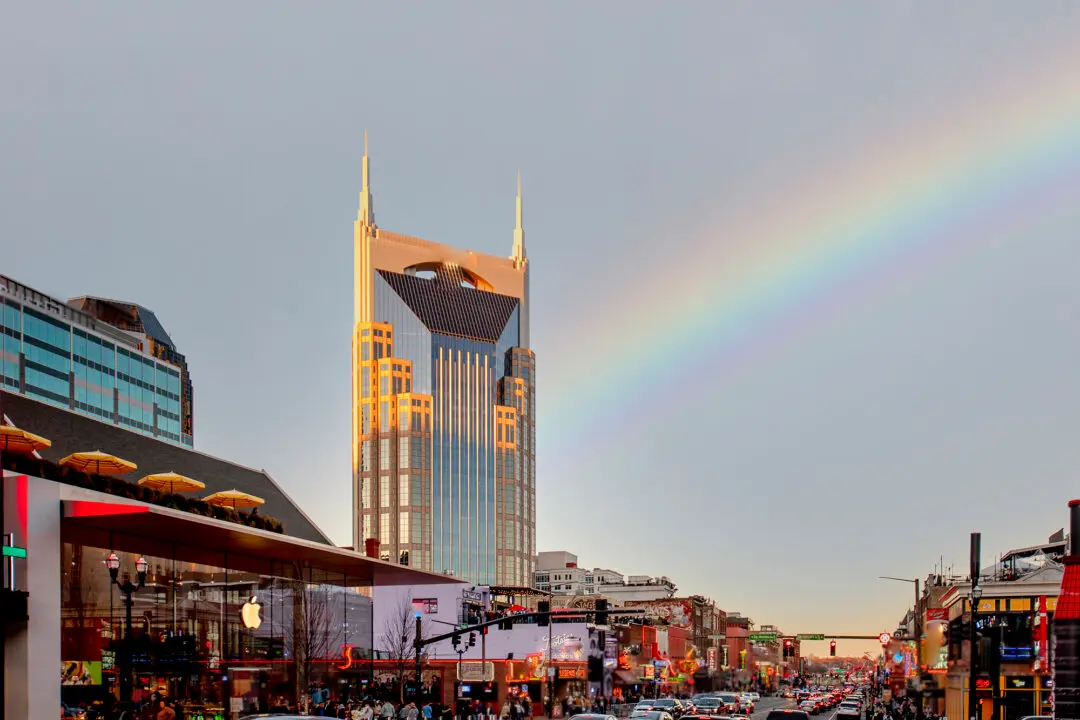Once, the Green Line was something a no-go zone, never to be traversed. Stretching clear across the island, it divides Cyprus, and demarcates two different worlds. Reinforced by walls, fences, barbed wire, and guard towers, this demilitarized zone completely sealed off north from south for some three decades, until 2003.

Larnaca's Finikoudes beach. MarinaDa/Shutterstock





